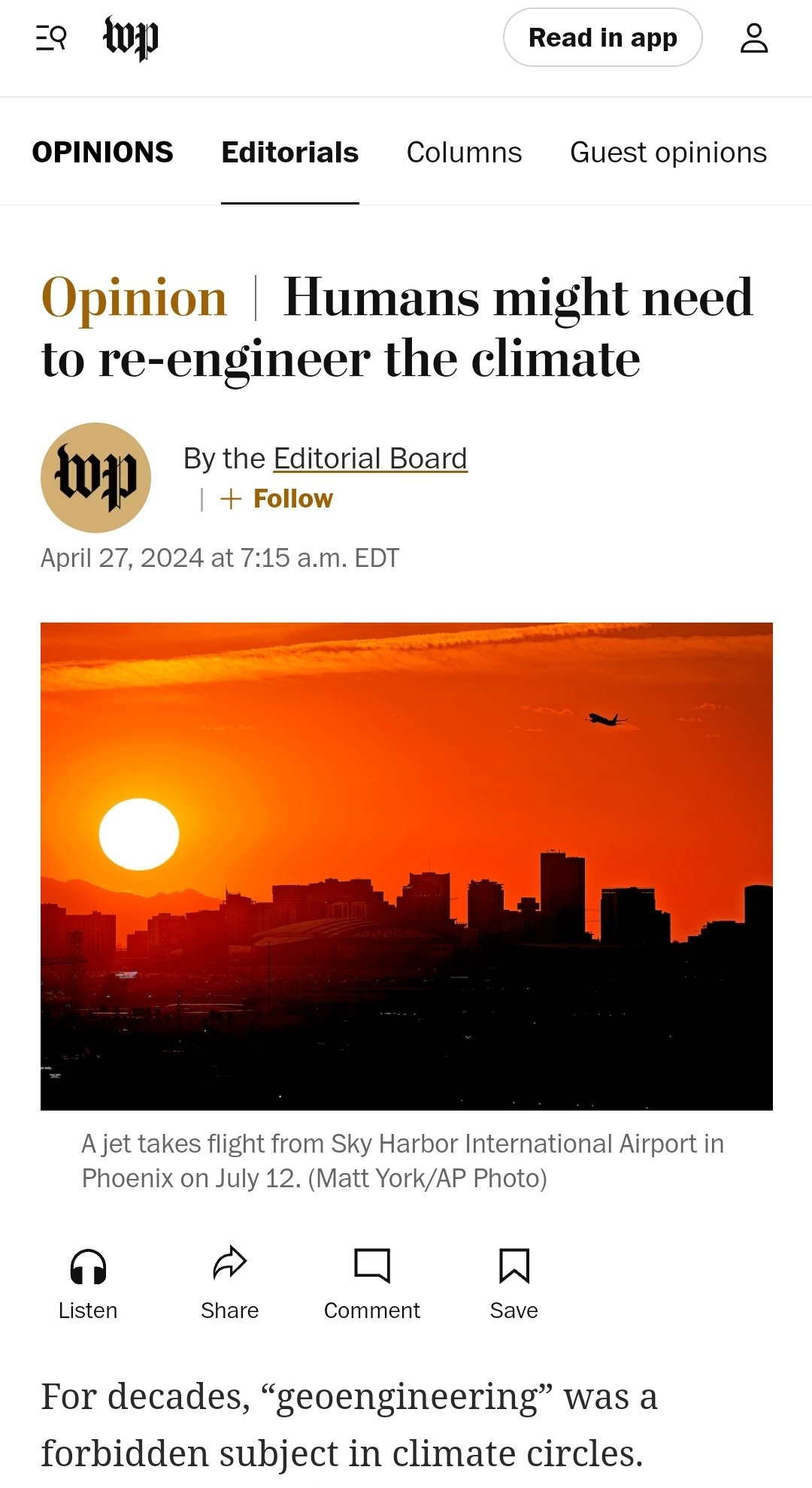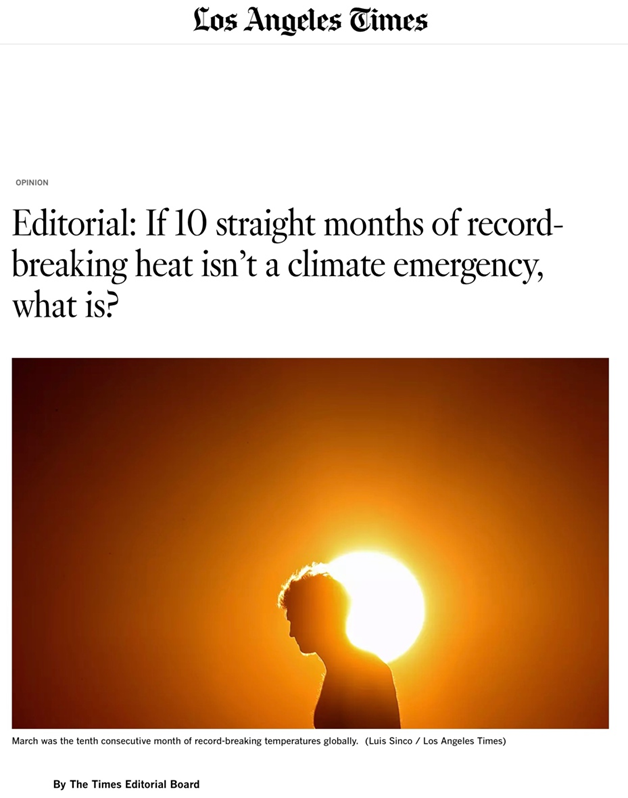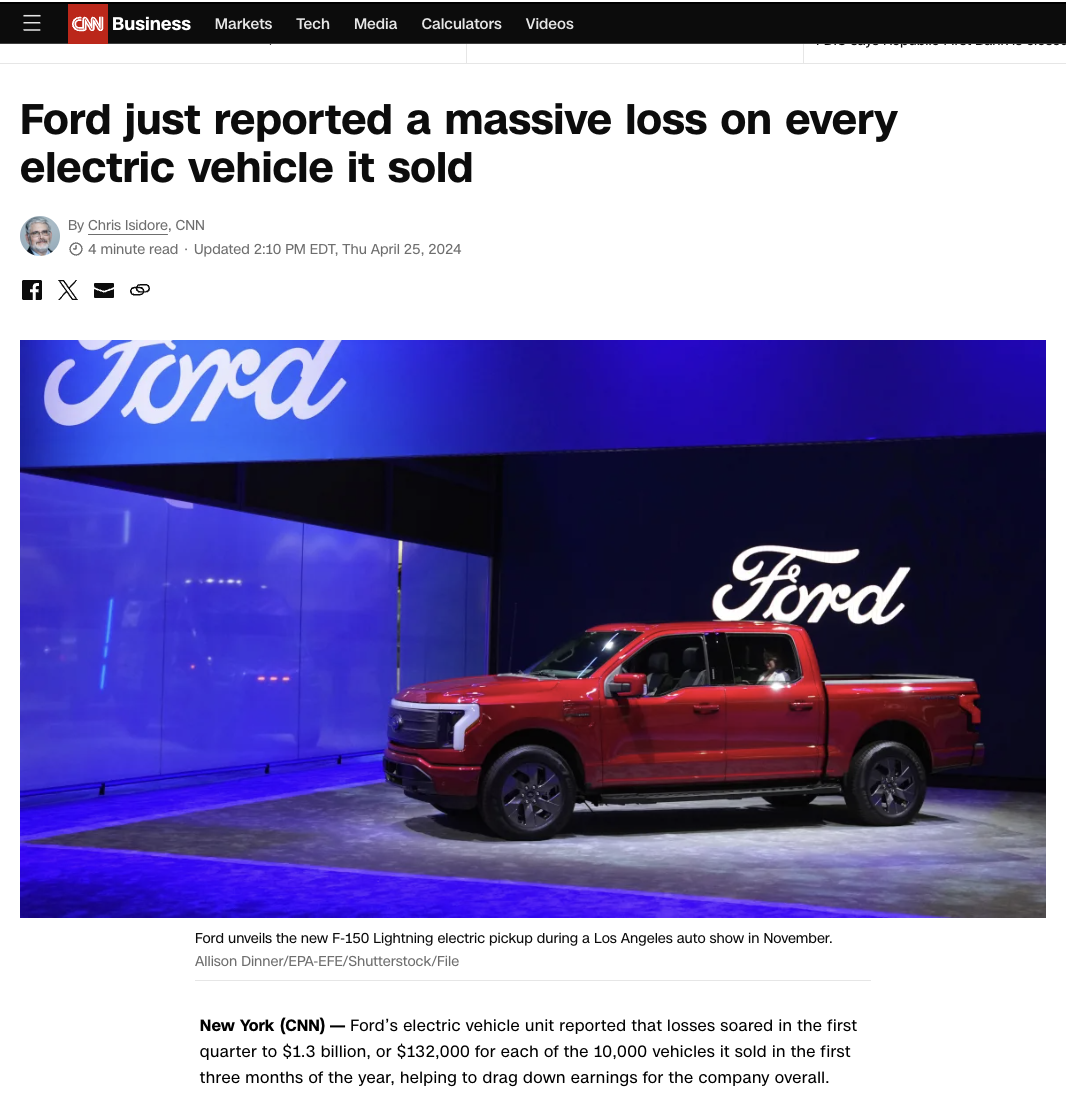https://rogerpielkejr.substack.com/p/the-15-degree-temperature-target
The 1.5 Degree Temperature Target is a Dead Man Walking
By Roger Pielke Jr.
…
In today’s post I explain the origins of its companion, the 1.5 degree Celsius target that has in many respects eclipsed the 2C target in public discussions of climate. Most scientists in climate know that despite its prominent role in political exhortation the 1.5 C target is already obsolete. In fact, it has always been.
Here is how that happened.
According to climate scientist James Hansen, in 2007 environmental Bill McKibben contacted him for Hansen’s advice on what to call his new climate advocacy organization:
“In 2007, the environmentalist and writer Bill McKibben began bugging me, very politely, to either confirm 450 parts per million [ppm carbon dioxide in the atmosphere] as the appropriate target level of carbon dioxide in the atmosphere or else to define a more appropriate one. He was developing a Web site to draw attention to this target limit and was thinking of calling it 450.org.”
At the time, Hansen was working on a paper in which he and colleagues argued:
“We suggest an initial objective of reducing atmospheric CO2 to 350 ppm, with the target to be adjusted as scientific understanding and empirical evidence of climate effects accumulate.”
For Hansen, 350 ppm was never a target not to be exceeded, since the world was already well past that when he wrote the paper, but a target for policy makers to seek to return to by the end of the century.
McKibben and colleagues took Hansen’s advice and established 350.org in 2007. That year, he acknowledged that there world was already well past 350 ppm carbon dioxide, and that it was an aspirational target not to avoid hitting but to aim to return to in the future, much as Hansen had argued:
We’re already at 383 parts per million, and it’s knocking the planet off kilter in substantial ways. So, what does that mean? . . . Does that mean we’re doomed? Not quite. Not any more than your doctor telling you that your cholesterol is way too high means the game is over. Much like the way your body will thin its blood if you give up cheese fries, so the Earth naturally gets rid of some of its CO2 each year. We just need to stop putting more in and, over time, the number will fall, perhaps fast enough to avert the worst damage.
In promoting his new organization worldwide, McKibben partnered with the Tällberg Forum, a Swedish foundation, to promote global advocacy of 350 ppm as a new target for climate policy. Their stated objective was to influence the upcoming major climate conference in Copenhagen at the end of 2009.

On June 23, 2008 the Tällberg Forum published the full page advertisement above in the Financial Times, the International Herald Tribune and the New York Times with more than 150 signatories. In the days that followed days the Tällberg Forum hosted an international conference to promote the proposed target, which was attended by United Nations Secretary General Kofi Annan. Their campaign was a resounding success.
The nerdy concept of 350 parts per million of carbon dioxide in the atmosphere had gone global, despite the fact that there was essentially no science behind it, just Hansen’s non-peer-reviewed draft paper and a bunch of sign-ons to a newspaper ad. Well done!
…
The desire to keep a global coalition together in the face of dissention at Copenhagen helped to give the 1.5 C target a political foothold in order to keep many countries engaged in the negotiations. As one summary of the Copenhagen conference explained:
“Many countries supported a goal of keeping temperature increase below 2˚C above pre-industrial levels, with AOSIS [Alliance of Small Island States] underlining 1.5˚C and Bolivia 1˚C.”
Acknowledging 1.5C was not about science, but realpolitik.
Because climate policy target setting was shifting from carbon dioxide concentrations targets to global temperatures, to keep pace, the discourse needed to change as well. So 450 ppm became recast as 2 degrees Celsius and 350 ppm became 1.5 degrees Celsius, even though 350 ppm had never really been studied and the previous IPCC assessment associated 450ppm with temperature outcomes of 1.4C to 3.1C.
These adoption of a temperature target over a carbon dioxide concentration target was reflected in the final text of the Copenhagen Accord which defined the long-debated concept of “dangerous anthropogenic interference” in terms of 2C:
“To achieve the ultimate objective of the Convention to stabilize greenhouse gas concentration in the atmosphere at a level that would prevent dangerous anthropogenic interference with the climate system, we shall, recognizing the scientific view that the increase in global temperature should be below 2 degrees Celsius, on the basis of equity and in the context of sustainable development, enhance our long-term cooperative action to combat climate change.”
A nod to the small island states and their call for a 1.5 degree Celsius target was also included, with the Accord briefly expressing a commitment to consider strengthening the target to 1.5 degrees Celsius by 2015.
Notice what happened here – 350 ppm had long since been passed and was intended as a 2100 target, whereas the world had yet to hit a temperature increase of 1.5 degrees Celsius which became recast as a contemporary guardrail. As the language changed, so too did the underlying meaning.
Goal posts = moved.
The U.N. FCCC always recognized that the 1.5 C target was much more grounded in political aspirations than in science, noting in 2015, for instance, while following up on its commitment to reconsider the target:
“while science on the 1.5C warming limit is less robust, efforts should be made to push the defence line as low as possible.”
The political motivation is understandable (and seems to also have been appreciated by the IPCC), but it should not be confused with evidence-based policy.
…
In 2023, we are now seeing academic papers asking questions like the following:
“How did an almost impossible target become the point of reference for climate action? How does it maintain its legitimacy despite the incompatibility between ambitions and actions that it makes evident?”
It remains to be seen whether climate advocates will decide that the attention paid to the 1.5C target over the past 14 years represented an inefficient detour from more productive paths to decarbonization, or if the shared willing suspension of disbelief in hopes of gaining political currency moved things along.
End excerpt
#
Related:
Morano Book Excerpt: In 2007, Jones emailed, “The 2 deg C limit is talked about by a lot within Europe. It is never defined though what it means. Is it 2 deg C for globe or for Europe? Also when is/was the base against which 2 deg C is calculated from? I know you don’t know the answer, but I don’t either! I think it is plucked out of thin air.”
“Two degrees is not a magical limit—it’s clearly a political goal,” says Hans Joachim Schellnhuber, director of the Potsdam Institute for Climate Impact Research (PIK).
Professor Roger Pielke Jr. explained in 2017 that the 2-degree goal “is an arbitrary round number that was politically convenient. So it became a sort of scientific truth. However, it has little scientific basis but is a hard political reality.”




